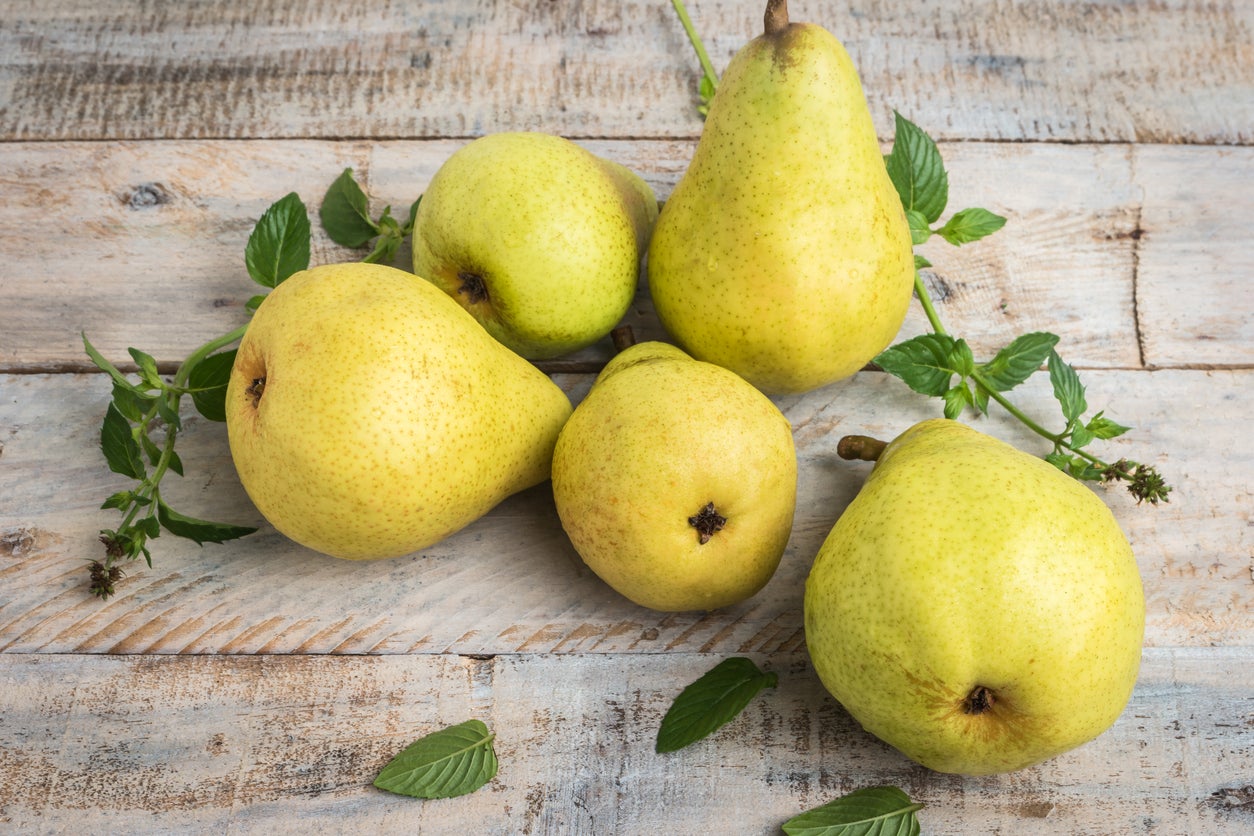
Pears are only in season at a certain time each year but proper storing and handling of pears can lengthen their shelf life so they can be enjoyed for months after harvest. How do you store pears post-harvest? Read on to learn about post-harvest pear handling and what to do with pears after harvest.
About Storing and Handling Pears
In the commercial market, pears are harvested before the fruit is ripe. This is because unripe fruit is less susceptible to damage during transport and storage. Also, when pears are harvested less than ripe, they have a longer storage life and, with proper post-harvest pear handling, the fruit can be sold on the market for up to six to eight months.
The same rules apply for the home grower. Of course, you can pick a perfectly ripe pear from the tree if you intend to eat it immediately, but if you wish to extend the storage life, pears should be picked when they are mature but not yet ripe.
How do you ascertain when the fruit is mature yet not ripe? Pears slowly ripen from the inside out after they’ve been picked. A ripe pear will have some give when you gently squeeze the fruit. Color is also an indicator of ripeness but not nearly as reliable as the feel of the pear. If you wish to harvest pears for winter storage, pick fruit that is still firm when gently squeezed.
How to Store Pears
Post-harvest pear handling depends on the ripeness of the fruit. If you have harvested pears that give when gently squeezed (and sampled such a specimen for good measure!), eat them as soon as possible.
What do you do with firm unripe pears post-harvest? First off, choose the right pear for long-term storage. Pears such as Anjou, Bosch, Comice and Winter Nelis all store well. On that note, while Bartlett pears are not winter pears, they can be stored for long periods too.
Again, pick the pears when they are mature but not ripe. Once the pears have been harvested, storing them at the proper temperature is essential. Store the fruit at 30 degrees F. (-1 C.) and at 85 to 90% humidity. Any colder and the fruit can become damaged, any warmer it’ll ripen rapidly. Bartlett pears will keep at this temperature for two to three months while the winter varieties will keep for three to five months.
Sign up for the Gardening Know How newsletter today and receive a free copy of our e-book "How to Grow Delicious Tomatoes".
When you are ready to eat the pears, give them a little time to ripen at room temperature. Bartletts should sit at room temperature for four to five days to ripen, five to seven days for Bosch and Comice, and seven to ten days for Anjou. The longer the fruit has been in cold storage, the longer it will take for it to ripen. If you just can’t wait, hasten the ripening process by sticking the fruit in a paper bag with a ripe banana or apple.
Check the ripening pears daily. Gently press at the neck of the fruit with your thumb; if it gives, the pear is ripe. Also, keep an eye out for spoiled pears. The old adage “one bad apple can spoil the bunch” goes for pears too. Discard or immediately use any pears that show signs of damage.

Amy Grant has been gardening for 30 years and writing for 15. A professional chef and caterer, Amy's area of expertise is culinary gardening.
